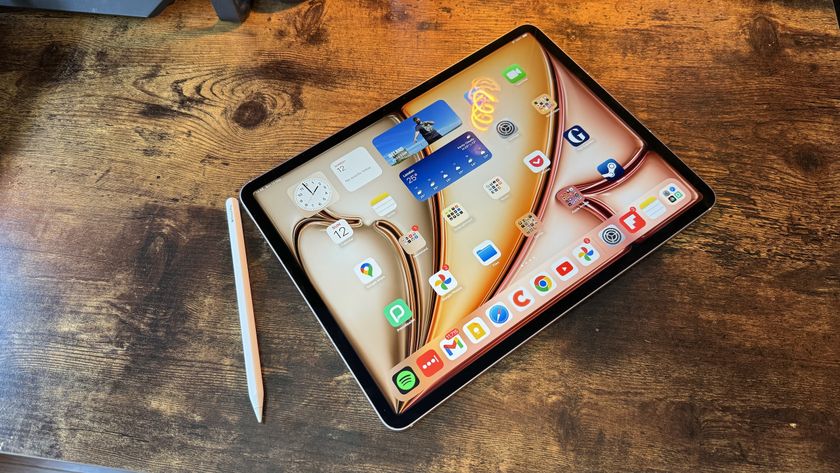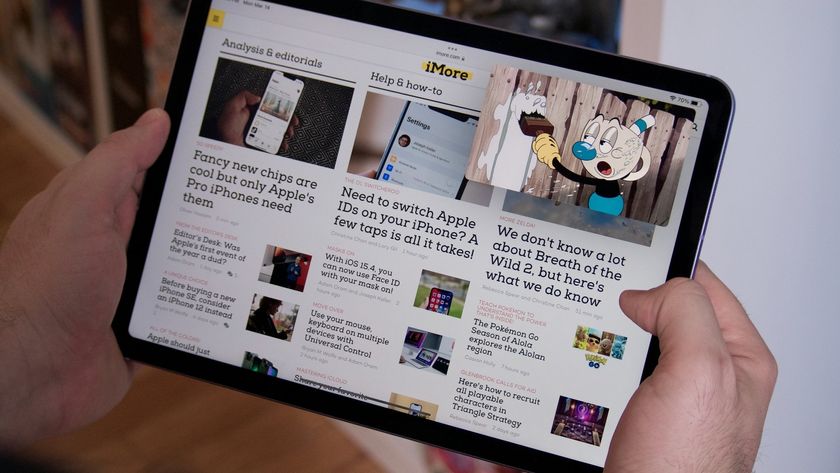The iPad Air 4 has the potential to make 'pro' features mainstream
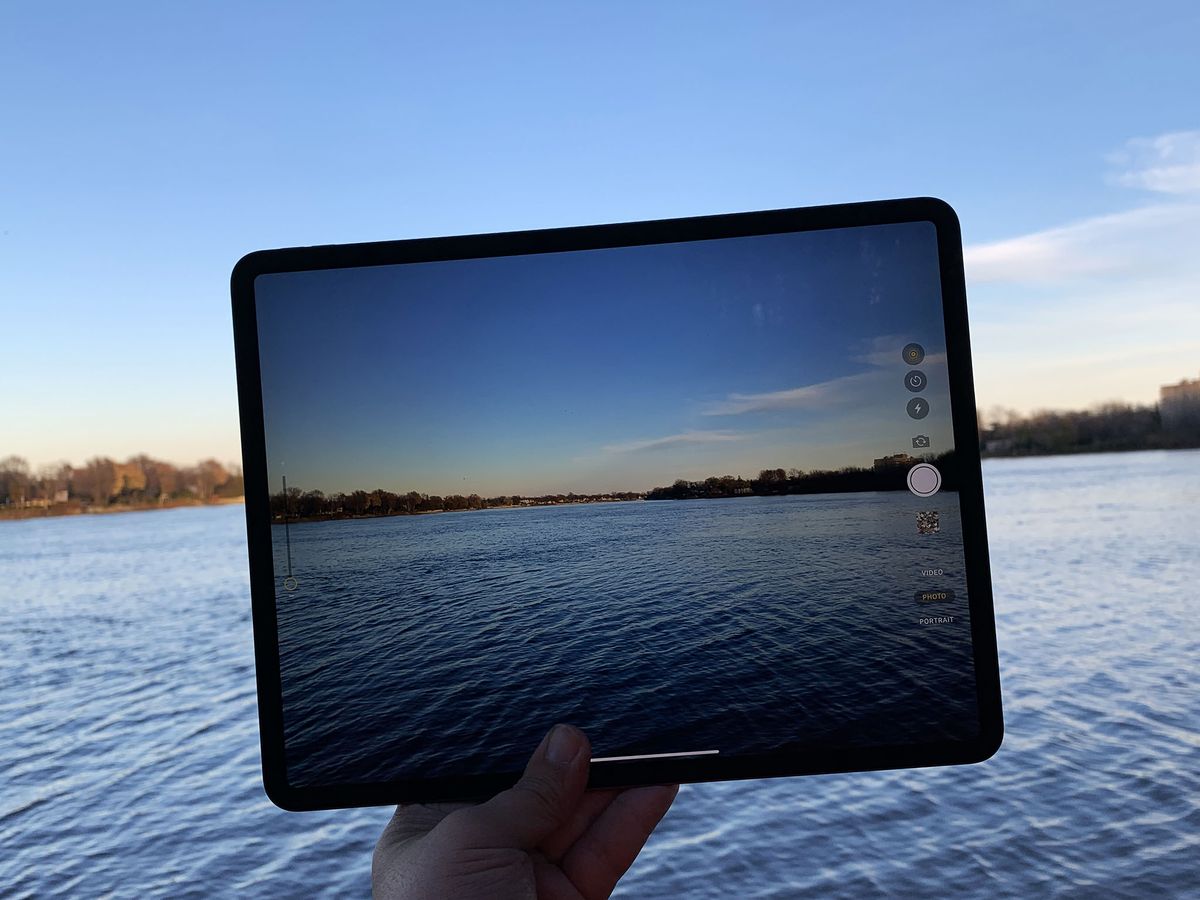
Roll-of-the-dice accurate Mac Otakara dropped some rumor bombs this week about a new 4th generation iPad Air. When you combine them with previous rumors from supply chain exfiltrator extraordinaire, Kuo Ming-Chi, and the sometimes lucid LOvetodream Twitter account over the last couple of months, it provides a compelling vision for what that iPad Air 4 might be.
That, or a tantalizing fantasy.
iPad Air 4: Design
The original iPad Air, released in October of 2013, took the slimmed-down design of the iPad mini and stretched it out around the classic 9.7-inch iPad display. All for the classic iPad price of $499.
The second iPad Air, released in October of 2014, laminated that display to get rid of the air gap, thinned it out even more, and added a Touch ID fingerprint identity sensor to the Home button. All still at $499.
Then.. well, then nothing. The iPad Air line up took a break. Took a pause. Took… a holiday while Apple focused on the iPad Pro. Including a 9.7-inch version, introduced in March of 2016, that was for all intents and purposes, the iPad Air Pro. Just for a hundred bucks more at $599.
In June of 2017, Apple took that 9.7-inch iPad Pro to 10.5-inches to better fit the Smart Keyboard, and in October of 2018, gave it an all-new, all retro-future redesign with an 11-inch screen that finally blew out the top and bottom bezels, and the Home button and Touch ID as well. Replacing them with Face ID and a facial geometry identity scanner.
But then… then.. in March of last year, the iPad Air made a surprise comeback. Basically taking the 10.5-inch iPad Pro and some very Pro parts, specifically the ones that allowed for Smart Keyboard and Apple Pencil support, and reclaimed them for the $499 price point.
Master your iPhone in minutes
iMore offers spot-on advice and guidance from our team of experts, with decades of Apple device experience to lean on. Learn more with iMore!
No four-speaker system, no pro-level camera system, no ProMotion adaptive refresh rate, no X-class processor, but Apple had evolved the current Pros enough that they were willing and able to push the old Pro technology down to the Air and fit them into the Air's budget.
Because that's how Apple rolls. They use the higher prices and profits of the Pro line to develop new technologies and then, as those technologies are scaled up and paid down, Apple scales them out and pushes them down through the stack, to the entry-level when they can, and to the mid-range when they have one.
So, putting the rumors in context, now that the modern iPad Pro design has been out for over a year and a half, and likely will have been out for two years, maybe more, by the time any of this pans out, Apple could well be ready to push that design down to the Air. Even if only in 2-speaker form.
iPad Air 4: Display
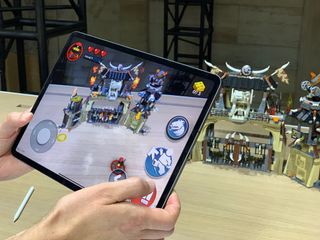
The rumors surrounding the display are even more interesting. The way Apple pushes technologies down is partially due to how costs reduce over time and partially due to how differentiation shifts to new technologies introduced on top.
The 2019 iPad Air 3 could reclaim the casing of the 2017 iPad Pro because the 2018 iPad Pro has gotten a new casing.
When and where costs aren't significantly reduced or new differentiation introduced, Apple can still push some aspects of previously premium features down to the mid-range or entry-level. Just not all.
The 2019 iPad Air 3 got the 10.5-inch display of the 2017 iPad Pro but it didn't get ProMotion. The 2019 entry-level iPad got a 10.2-inch display but still didn't even get it laminated.
So, if you'd asked me before, I would have guessed that if the next iPad Air was getting the iPad Pro redesign, the Pro would get something like mini LED to keep its premium edge.
But, the rumor is the Air — along with basically everything else in Apple's non-entry-level lineup — will be going mini LED as well.
Mini LED is a technology that takes the traditional backlights used for LCD and replaces them with pixel-level backlights for better local dimming. Basically, it's a way to try and get some of the deeper blacks and higher contrasts of OLED, but without all the drawbacks that come with OLED.
If the rumor is accurate, it sounds like Apple sees mini LED less as a premium differentiator and more as a brand differentiator. Something that doesn't make the iPad Pro better but something that makes Apple products better.
Like in-plane switching, or IPS, which quickly spread across most of Apple's displays years ago, or DCI-P3 wide-gamut color or TrueTone ambient white balancing, which are on all but a few entry-level products now.
Even if the peak brightness ends up being better on the next Pros than the next Air, if this rumor proves true, they'll still be premium looking displays.
Where Apple might then keep some level of differentiation is the display size.
If the iPad Air simply inherits the smaller iPad Pro design, that display size would be 11-inches. Which is exactly what some of the rumors say.
But, other rumors hint that it could be 10.8-inches instead. If that's not an updated entry-level or a whole other iPad instead, it could mean Apple is going to do here exactly what they did with the 2019 iPad nothing — keep the display just a little bit smaller to keep the price tag just a little bit lower.
iPad Air 4: USB-C
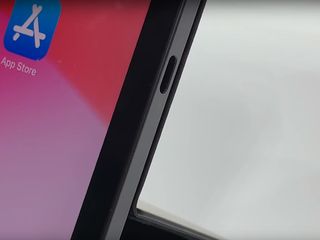
How big a troll would it be if, after shipping USB-C on the MacBooks, USB-C on the Apple TV — even though it's hidden above and behind the ethernet port now — and USB-C on the iPad Pro if Apple's next USB-C device still — still! — wasn't the iPhone but… the iPad Air.
But that's exactly part of the rumor: That with the iPad Pro design will come the iPad Pro interconnect.
It does further blur the lines, though.
Back in 2016, it was crystal, binary clear. Lightning for iOS devices, USB-C for the Mac.
In 2018, though, when the iPad Pro went USB-C, and we all titled our heads and squinted, and guessed that Lightning was for mainstream devices, like iPhones and non-Pro iPads, and USB-C was for that nerdier niche, which was traditional Mac computers and new-fangled Pro iPads.
But, if the iPad Air goes USB-C as well, does that mean Apple's expanding the range of USB-C to the mainstream or expanding the niche to include the iPad Air?
Because I'd still love the iPhone Pro to get expanded into that niche as well. Hit that like button if you agree.
Either way, being able to work with USB-C accessories, which are essentially computer accessories, would make the next iPad Air far more useful to people who want and need those kinds of accessories.
Speaking of which…
iPad Air 4: Accessories

When it comes to Apple accessories, the iPad Air getting the Pro design raises some questions as well. For example, the third-generation iPad Air got Apple Pencil support… for the first-generation Apple Pencil. And, again, Apple maintained differentiation there because the iPads Pro had gotten a second generation Apple Pencil just half a year earlier. But, if the fourth-generation iPad Air gets the iPad Pro treatment, would it also get that iPad Pro magnetically, inductively charging second-generation Apple Pencil?
Likewise, the third-generation iPad Air got Smart Keyboard support… for the original Smart Keyboard. Because the iPads Pro had previously gotten support for a second generation Smart Keyboard. So, if the next Air goes just a little Pro, would it also get support for the modern smart connector and not just the current Smart Keyboard but the brand new Magic Keyboard?
That would certainly be one hell of an upgrade for the Air, but what would it mean for the iPad Pro? I'll cover that in a future column.
iPad Air 4: Touch ID
Now, one of the stranger rumors swirling around the next iPad Air is that, if and when it gets the iPad Pro design, it won't be getting Face ID. Instead, it'll be getting an in-display version of Touch ID.
There's a similar rumor involving future iPhones as well.
Given everything Apple has invested in Face ID, and the importance of the TrueDepth camera system and augmented reality or AR to Apple's future plans, it seems unlikely they'd just would ditch the technology completely.
If the rumor is true, maybe the in-display fingerprint scanner is less expensive than the TrueDepth array, and that helps Apple get the Air into the new design while keeping it at the classic $499 price point.
But, people who prefer Touch ID to Face ID in general won't see it as a downgrade. They'll see it as an upgrade. And no doubt will want it on the high end devices as well.
Like I've said before, Face ID breaks down if you wear a mask. Touch ID breaks down if you wear gloves. We need to move beyond single point biometrics to something that's less about us working for the machine and more about the machine working for us.
iPad Air 4: Going Pro
Steve Jobs' vision for the iPad was to make computing even more accessible to the mainstream. To make computers for people for whom traditional computers were still too complicated, confusing, off-putting, and intimidating.
But does making the Air more "Pro" deliver even more to the mainstream, or does it simply remove one more device from the mainstream?
I'm hoping the former.

Rene Ritchie is one of the most respected Apple analysts in the business, reaching a combined audience of over 40 million readers a month. His YouTube channel, Vector, has over 90 thousand subscribers and 14 million views and his podcasts, including Debug, have been downloaded over 20 million times. He also regularly co-hosts MacBreak Weekly for the TWiT network and co-hosted CES Live! and Talk Mobile. Based in Montreal, Rene is a former director of product marketing, web developer, and graphic designer. He's authored several books and appeared on numerous television and radio segments to discuss Apple and the technology industry. When not working, he likes to cook, grapple, and spend time with his friends and family.
